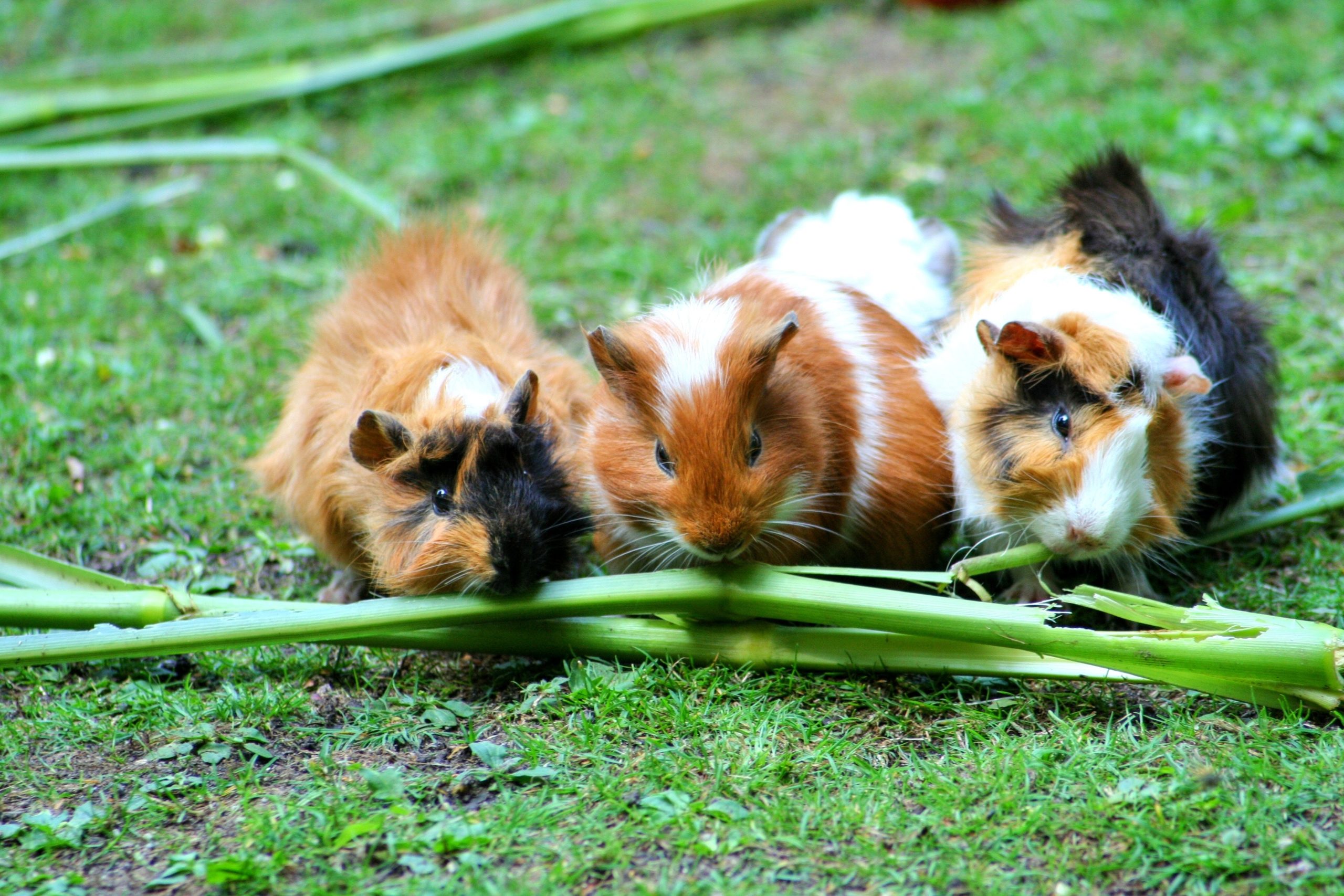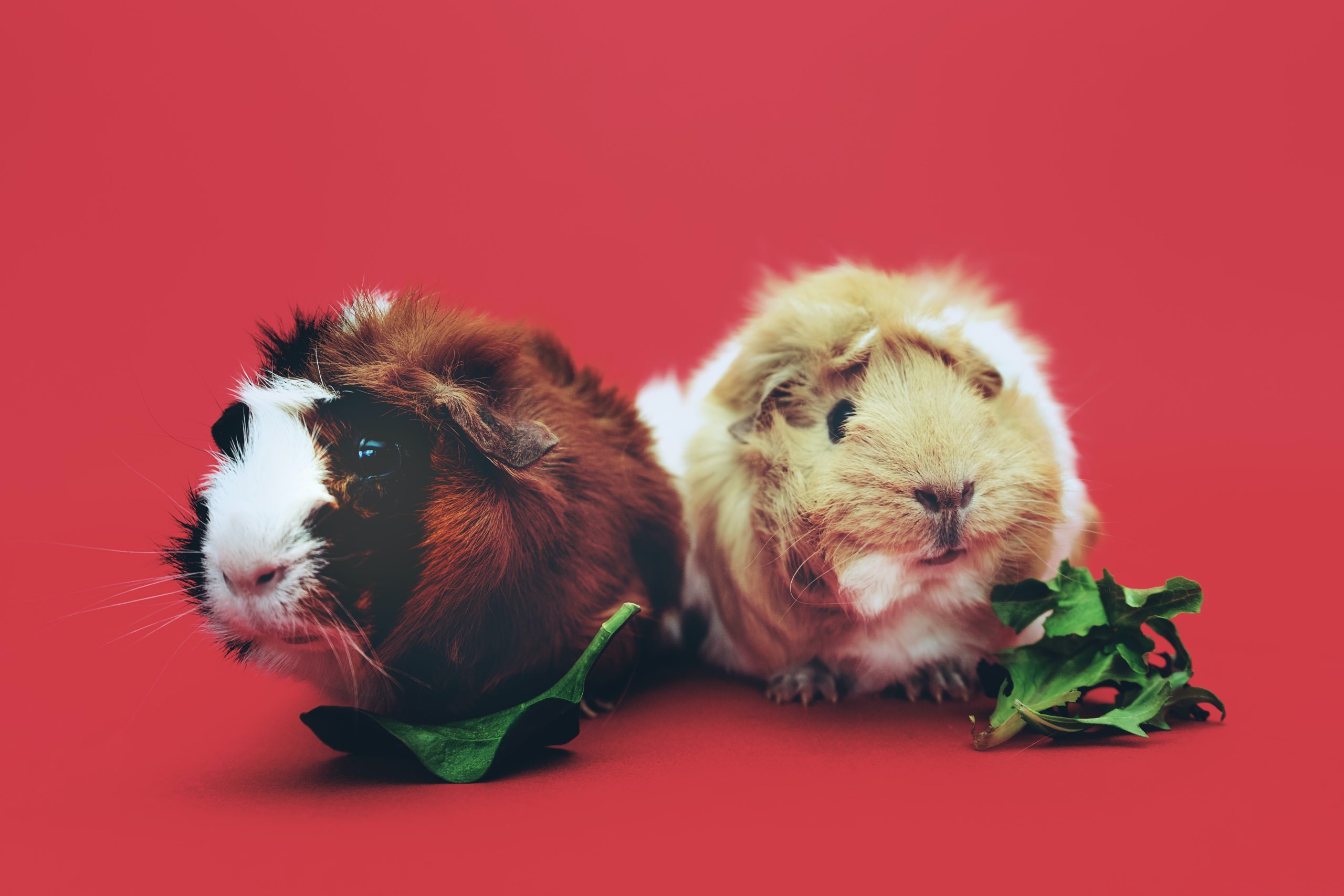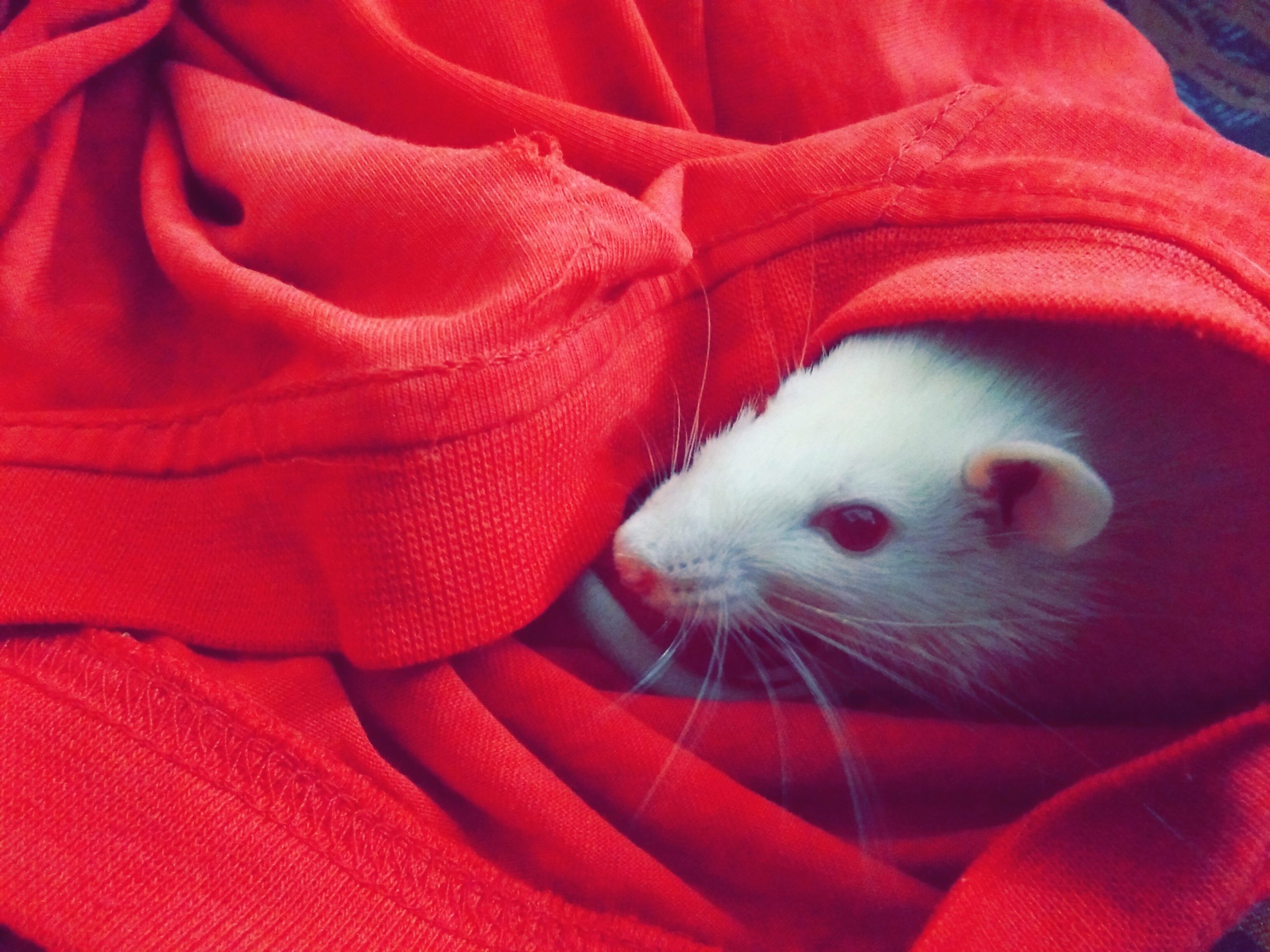When introducing guinea pigs to the family, as the adults of the home it is essential to be sure you want to commit to having guinea pigs as the children may at some stage in the future lose interest in their pets for varying reasons.
This will show children that when you introduce a pet it is a valued part of the family for its entire life and that pets are not disposable.
The Parental Role
As a parent you are the most important teacher in your child’s life. Your children look up to you and will learn about responsible pet ownership through your example.
When a guinea pig is introduced to the family it may not be clear whether the child considers the animal their full responsibility or not. In all cases, particularly with young children, an adult needs to be aware that they will be the main carer of the guinea pig.
Young children should not be left in charge of caring for the guinea pig unless under adult supervision. When it comes to the core care for the animal e.g. diet, bedding, medical care and all expenses that may come with these, children don’t have the knowledge or the funds needed to fulfil these tasks. Young children under the age of 7-9 should not be given responsibility to care for guinea pigs on their own without a parent in their presence.
If teen children are given a daily duty to feed their guinea pigs or any other duties involved in their care, the parent or adult of the household needs to check that these duties have been fulfilled for the animals’ welfare.
Teaching the Kids and Planning Stages
Before actually introducing guinea pigs to your family it is a good idea to help the kids learn more about guinea pigs. You can do this by sitting with the kids and reading guinea pig care books or print out information sheets and popping them in a folder for both you and the kids to read and refer to. This sort of prepared planning can help the kids to learn about basic pet care and will help give them a sense of responsibility for their soon to be new family member.
It can be beneficial to plan setting up for your new guinea pig in stages. Rather than purchasing everything at once, have set times where the whole family can go shopping for your guinea pig enclosure/s and accessories before actually going out and purchasing/adopting the guinea pig/s.
This can help to teach the kids that introducing a new pet to the family takes planning, that there are costs involved and that this is more than an impulse buy.
As most parents already know, children learn from example, so it is important to demonstrate correct handling and general guinea pig care – get down to the child’s level and physically show the child how to hold a guinea pig properly. Then you can show them simple daily tasks like cleaning your guinea pig’s bedding, what and how much a guinea pig eats and how to groom them.
When they are ready the kids can help you perform these tasks and be assigned to different tasks, which still need to be supervised or checked. This will help the kids feel involved in caring for their pet/s, learn about responsibility and enhance the bond between child and pet.
Gentle Handling and Young Children
Small children, particularly under the age of 9, need to be supervised when handling the guinea pigs for the safety of the guinea pig. If you suspect or know that your child may be likely to handle the guinea pig without supervision, it is advisable to purchase an enclosure that can be locked and secured. This is for the safety of not only your children but also the guinea pigs. Children should be supervised when handling animals at all times. Guinea pigs are quite fragile and if handled roughly or dropped serious injury could result, including broken limbs or even death of the guinea pig. The guinea pig could also become fearful of future handling, resulting in nipping or biting.
A good way to teach correct handling is to get the child to sit on the ground and put a folded towel or blanket on your child’s lap so that the guinea pig feels secure and will sit calmly. Before placing the guinea pig in the child’s arms, demonstrate how to support it with one hand underneath its body and your other hand resting gently on the top of the guinea pig, holding it close to your chest – this will help the guinea pig to feel safe and prevent it from struggling.
At first the child may be fearful and if the guinea pig struggles it may scratch. To prevent this, have your child wear long sleeves or long pants initially until they feel comfortable holding the guinea pig. It is best to start the handling process with the towel on the lap method and then proceed to holding the guinea pig in the arms once the child feels comfortable holding them in his or her lap.
It is also helpful to give the child comparisons they can relate to, for example if the child holds the guinea pig too tightly around the stomach you could ask the child how it would feel if their tummy was squished.
Guinea pigs can be a wonderful pet for the whole family and a great way to teach children about responsible pet ownership, providing you remember that they rely solely on their human carers for every aspect of their care.
Jessica Proietti founded the Australian Cavy Sanctuary. In 2015 ACS changed hands and was retitled Australia’s Cavy Sanctuary. ACS is a not-for-profit assemblage of privately funded shelters that rescue, rehabilitate and rehome guinea pigs in Australia.




